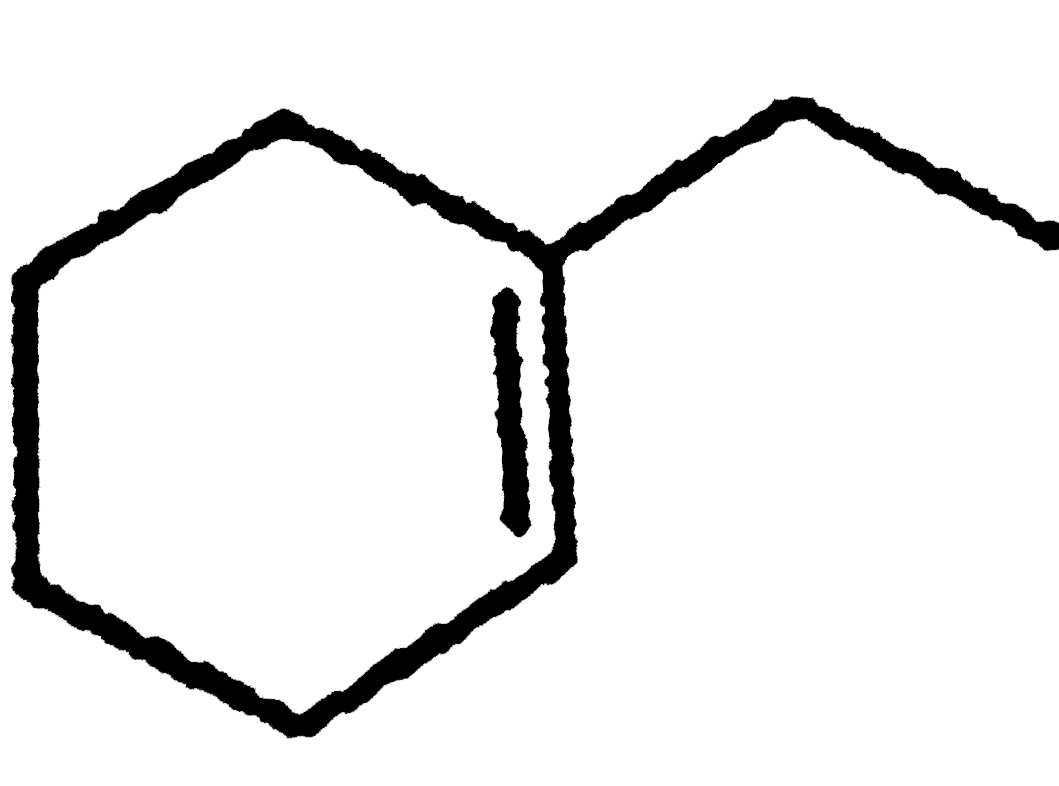Which of the following is not possible ?
n=3,l=2,m=0
n=1,l=0,m=0
n=3,l=3,m=2
n=4,l=3,m=−3
The correct Answer is:C
To determine which set of quantum numbers is not possible, we need to analyze each set based on the rules governing quantum numbers. Quantum numbers include the principal quantum number (N), azimuthal quantum number (L), and magnetic quantum number (M).
1. Understanding Quantum Numbers:
- Principal Quantum Number (N): Indicates the main energy level or shell. It can take positive integer values (1, 2, 3, ...).
- Azimuthal Quantum Number (L): Indicates the subshell and can take values from 0 to (N-1).
- L = 0 corresponds to s subshell
- L = 1 corresponds to p subshell
- L = 2 corresponds to d subshell
- L = 3 corresponds to f subshell
- Magnetic Quantum Number (M): Indicates the orientation of the orbital and can take values from -L to +L, including 0.
2. Analyzing Each Set of Quantum Numbers:
- Option A: N = 3, L = 2, M = 0
- N = 3 allows L values of 0, 1, 2 (valid).
- L = 2 corresponds to a d subshell, and M can be -2, -1, 0, +1, +2 (valid).
- Conclusion: This set is possible.
- Option B: N = 1, L = 0, M = 0
- N = 1 allows L values of 0 (valid).
- L = 0 corresponds to an s subshell, and M can only be 0 (valid).
- Conclusion: This set is possible.
- Option C: N = 3, L = 3, M = 2
- N = 3 allows L values of 0, 1, 2 (invalid because L cannot equal N).
- Conclusion: This set is not possible.
- Option D: N = 4, L = 3, M = -3
- N = 4 allows L values of 0, 1, 2, 3 (valid).
- L = 3 corresponds to an f subshell, and M can be -3, -2, -1, 0, +1, +2, +3 (valid).
- Conclusion: This set is possible.
3. Final Conclusion:
- The only set of quantum numbers that is not possible is Option C: N = 3, L = 3, M = 2.
Summary:
The answer to the question "Which of the following is not possible?" is Option C.
- Principal Quantum Number (N): Indicates the main energy level or shell. It can take positive integer values (1, 2, 3, ...).
- Azimuthal Quantum Number (L): Indicates the subshell and can take values from 0 to (N-1).
- L = 0 corresponds to s subshell
- L = 1 corresponds to p subshell
- L = 2 corresponds to d subshell
- L = 3 corresponds to f subshell
- Magnetic Quantum Number (M): Indicates the orientation of the orbital and can take values from -L to +L, including 0.
- Option A: N = 3, L = 2, M = 0
- N = 3 allows L values of 0, 1, 2 (valid).
- L = 2 corresponds to a d subshell, and M can be -2, -1, 0, +1, +2 (valid).
- Conclusion: This set is possible.
- Option B: N = 1, L = 0, M = 0
- N = 1 allows L values of 0 (valid).
- L = 0 corresponds to an s subshell, and M can only be 0 (valid).
- Conclusion: This set is possible.
- N = 3 allows L values of 0, 1, 2 (invalid because L cannot equal N).
- Conclusion: This set is not possible.
- N = 4 allows L values of 0, 1, 2, 3 (valid).
- L = 3 corresponds to an f subshell, and M can be -3, -2, -1, 0, +1, +2, +3 (valid).
- Conclusion: This set is possible.
- The only set of quantum numbers that is not possible is Option C: N = 3, L = 3, M = 2.
The answer to the question "Which of the following is not possible?" is Option C.
Topper's Solved these Questions
- ATOMIC STRUCTURE BOOK - MTG IIT JEE FOUNDATIONCHAPTER - ATOMIC STRUCTURE EXERCISE - Exercise (Match the following)
5 Videos
- ATOMIC STRUCTURE BOOK - MTG IIT JEE FOUNDATIONCHAPTER - ATOMIC STRUCTURE EXERCISE - Exercise (Assertion & Reason Type)
10 Videos
- ATOMIC STRUCTURE BOOK - MTG IIT JEE FOUNDATIONCHAPTER - ATOMIC STRUCTURE EXERCISE - Solved Examples
11 Videos
- ACIDS , BASES AND SALTS BOOK - MTG IIT JEE FOUNDATIONCHAPTER - ACIDS , BASES AND SALTS EXERCISE - Olympiad /HOTS Corner
20 Videos
- CARBON AND ITS COMPOUNDS BOOK - MTG IIT JEE FOUNDATIONCHAPTER - CARBON AND ITS COMPOUNDS EXERCISE - Olympaid/HOTS Corner
25 Videos
Similar Questions
Knowledge Check
From Williamson's synthesis preparation of which of the following is possible ?
AOnly symmetrical ethersBOnly asymmetrical ethersCBoth (1) and (2)DNone of theseWhich of the following is/are not possible in case of autocatalysis?
AReactant catalysisBHeat produced in the reaction catalysisCProduct catalysisDSolvent catalysisWhich of the following is not the possible product of dehydration of
 in acidic medium ? A
in acidic medium ? A B
B C
C D
D
Which of the following is possible?
View SolutionWith reference to figure, which of the following is possible?

View SolutionWhich of the following is a possible Roman number?
View SolutionWhich of the following is a possible consequence of a greenhouse warming?
View SolutionWhich of the following is possible in ΔABC?
View Solution
